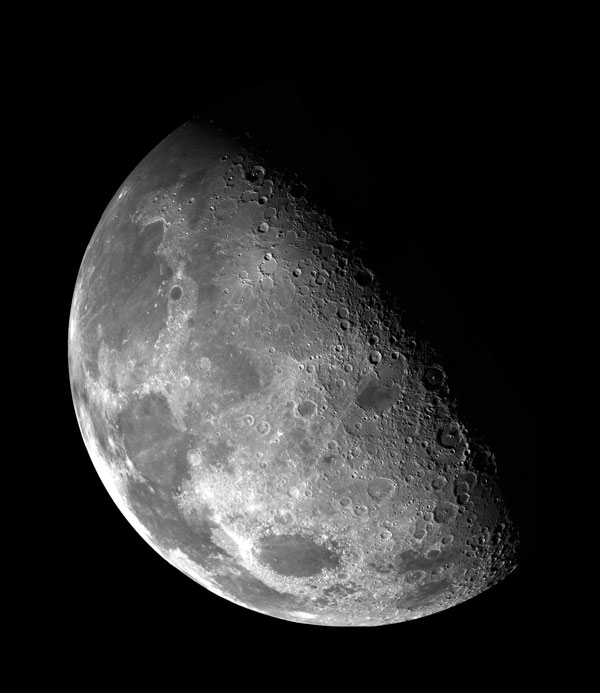Japan's SLIM lander overcomes power challenges to illuminate lunar mysteries

[Photo Credit to Unsplash]
In an extraordinary display of resilience and technological prowess, Japan's Smart Lander for Investigating Moon (SLIM), affectionately dubbed the 'Moon Sniper,' has reignited its mission on the lunar surface after overcoming a critical power generation issue.
This pivotal moment not only marks a significant achievement in Japan's space endeavors but also establishes the country as the fifth in history to successfully land a spacecraft on the moon, signaling a major milestone in global space exploration.
The situation remained tense until the sunlight's angle shifted, enabling the solar panels to capture sunlight and reactivate the lander.
This successful reactivation on January 28 not only demonstrated the lander's robust design, capable of enduring periods of darkness and reawakening with sunlight but also marked the resumption of its scientific mission.
Upon reactivation, SLIM's primary scientific instrument, a multi-band camera, resumed operations, capturing new and intriguing images of the lunar surface.
These images, including a close-up of a rock nicknamed "Toy Poodle," are part of JAXA's innovative approach to lunar geology, aiming to provide insights into the moon's origins and composition, particularly focusing on the mineral olivine.
The mission, initiated with a precision landing near the Shioli crater approximately 200 miles south of the Sea of Tranquility on January 19, quickly faced an unexpected challenge.
The spacecraft's orientation upon landing caused its solar cells to fail to generate electricity, a setback attributed to an engine failure during descent.
This predicament highlighted the mission's delicate balance, relying on the moon's natural rotation to reposition the lander's solar panels towards the sun for power generation.
Hitoshi Kuninaka, head of JAXA's research center, underscored the challenge, noting the 30-day wait for the solar angle on the moon to change, allowing for potential power regeneration.
The insights gained from the challenges encountered by SLIM have been invaluable, offering lessons in propulsion system design and the resilience required for space exploration.
Despite these hurdles, the precision of SLIM's landing and its subsequent revival has been a testament to the mission's overall success.
The achievement has not only provided JAXA with critical insights into the design of propulsion systems and the resilience required for prolonged space missions but has also underscored the importance of adaptability in the face of unexpected challenges.
The lander's ability to resume its mission, capturing vital data and images, contributes significantly to our understanding of the moon's chemical composition and geological dynamics, thereby enhancing human knowledge of our closest celestial neighbor.
JAXA's optimism about the future of lunar exploration, fueled by SLIM's achievements, points towards an era of more sophisticated and advanced missions.
The success of SLIM acts as a stepping stone, paving the way for future explorations that promise to delve deeper into the mysteries of the moon and beyond.
As SLIM continues to transmit invaluable data and images for the remainder of the lunar daylight cycle, its contributions are anticipated to be instrumental in shaping our understanding of the lunar environment.
The mission's narrative, woven from triumphs and challenges, describes a compelling tale of technological achievement and the relentless pursuit of knowledge beyond our planet.
This journey not only enriches our understanding of the lunar environment but also sets the stage for future exploratory missions, promising new discoveries and advancements in space technology.
Through SLIM's journey, JAXA has once again demonstrated its commitment to advancing human knowledge of space, reinforcing its position as a key player in the international space community.

- Jason Ha / Grade 12
- Fairfax Christian School

![THE HERALD STUDENT REPORTERS [US]](/assets/images/logo_student_us.png)
![THE HERALD STUDENT REPORTERS [Canada]](/assets/images/logo_student_ca.png)
